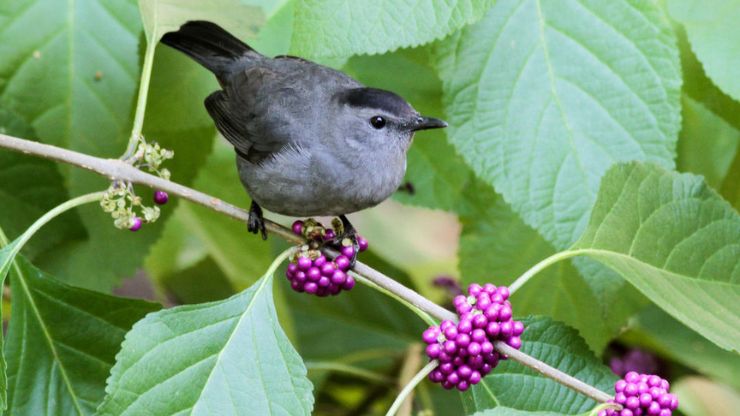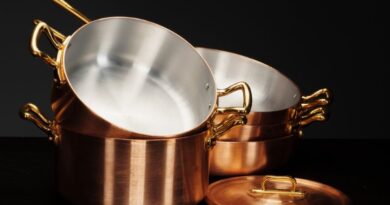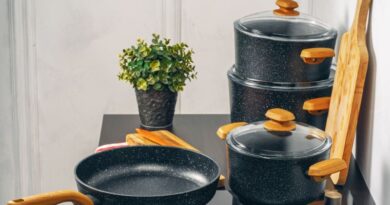Bird-Friendly Plants for Your Garden – Birds bring beauty, song, and life to our surroundings. Their presence in our gardens enriches the natural world, but many species face challenges due to habitat loss and environmental changes. By cultivating a bird-friendly garden, you can become a steward of your local avian community, making a positive impact on their well-being.
This guide aims to help you create a haven for birds in your own backyard. Whether you’re an experienced gardener or a novice with a green thumb, you’ll find valuable insights on selecting the right plants, designing your garden to cater to bird needs, and maintaining a healthy ecosystem.
By following these principles, you’ll not only attract a variety of bird species but also contribute to the preservation of these magnificent creatures. Let’s embark on this journey to make your garden a welcoming oasis for our feathered friends.
Benefits of bird-friendly gardens
Bird-friendly gardens offer a wide range of benefits, not only to the avian residents but also to the human gardeners and the broader ecosystem. Some of these benefits include:
- Biodiversity: Bird-friendly gardens promote biodiversity by providing a habitat for various bird species. This diversity extends to insects and other wildlife that birds feed on, creating a healthier and more balanced ecosystem.
- Pest Control: Many birds feed on insects and small rodents, serving as natural pest controllers in your garden. Reduced pesticide use can lead to a healthier environment for all living organisms.
- Pollination: Certain bird species, such as hummingbirds, are effective pollinators. By attracting these birds to your garden, you help ensure the pollination of plants, leading to increased fruit and vegetable yields.
- Education and Enjoyment: Bird-watching in your garden can be a source of endless enjoyment and a valuable educational experience for both adults and children. Observing birds’ behaviors, colors, and songs can deepen your connection to the natural world.
- Conservation: Supporting local bird populations in your garden contributes to the conservation of native species. It can help protect and restore endangered or declining bird populations by providing essential habitat and food sources.
- Aesthetic Value: Bird-friendly gardens are often more visually appealing due to the vibrant colors, sounds, and movement of birds. They can enhance the aesthetics of your outdoor space.
- Stress Reduction: The sights and sounds of birds can have a calming and stress-reducing effect on humans. Bird-watching is a popular hobby known for its relaxation and mindfulness benefits.
Also, Read – Ways to Cultivate a Love of Learning in Your Children
Bird-Friendly Plants for Your Garden
Native Plants
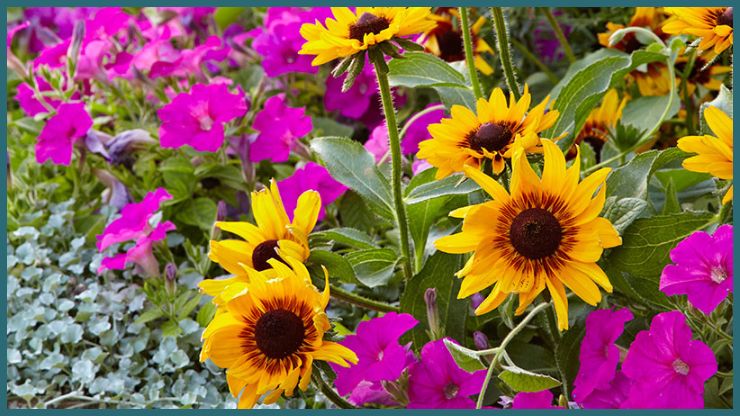
Native plants, indigenous to your region, are essential for a sustainable and resilient garden. They require less maintenance, conserve water, and support local wildlife. Choose species like coneflowers, milkweed, and native grasses, which offer food and shelter to birds, butterflies, and other wildlife.
These plants are adapted to local climate conditions, making them more robust and better suited for your garden. By planting native species, you can create a beautiful and eco-friendly landscape that contributes to the overall health of your local ecosystem.
Berries

Berries are not only a delectable treat for humans but also a valuable food source for wildlife. They come in various colors and flavors, offering both nourishment and aesthetic appeal in your garden. Species like blueberries, raspberries, and blackberries attract birds like robins and thrushes with their juicy offerings. Elderberries and serviceberries are cherished by a wide range of birds, from warblers to woodpeckers.
Planting berry-producing shrubs or trees not only enhances the visual appeal of your landscape but also provides essential sustenance for your feathered neighbors, contributing to the biodiversity and ecological balance of your outdoor space.
Sunflowers.
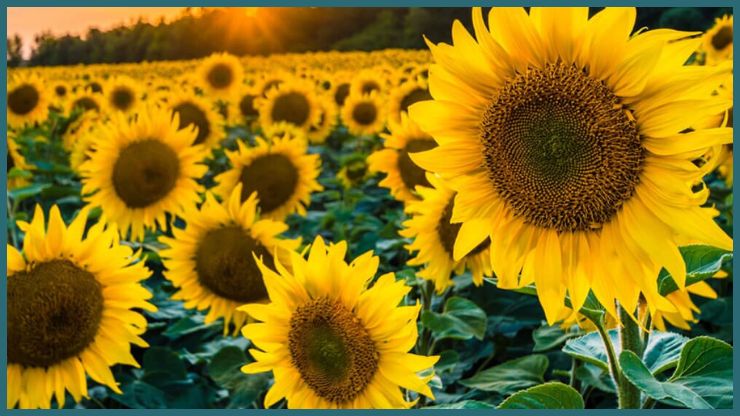
Sunflowers, with their cheerful and vibrant blooms, are a favorite in gardens for good reason. These tall, sunny plants not only add a burst of color but also benefit wildlife. Sunflowers produce copious seeds that are a magnet for birds, particularly finches and sparrows. Their rich, oil-rich seeds offer a valuable food source throughout the year, especially in late summer and fall.
The towering sunflower stems also provide perches and shelter for birds. Planting a variety of sunflower types, from giant varieties to compact ones, can cater to different bird species and add a touch of natural beauty while supporting local avian populations and enhancing your garden’s biodiversity.
Coneflowers
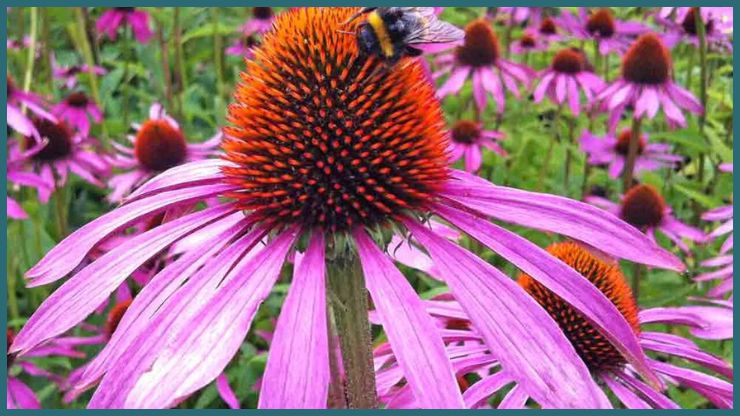
Coneflowers, also known as Echinacea, are not only a striking addition to your garden with their colorful, daisy-like blooms, but they also offer numerous benefits for wildlife. These perennial plants attract pollinators like bees and butterflies, supporting the broader ecosystem. Beyond pollinators, coneflowers produce seeds that are a favorite of goldfinches and other seed-eating birds.
The cone-shaped seed heads offer a winter food source when other resources are scarce. Coneflowers are low-maintenance and drought-tolerant, making them an ideal choice for gardeners. By including coneflowers in your garden, you create a haven for both pollinators and birds, adding beauty and ecological value to your outdoor space.
Milkweed
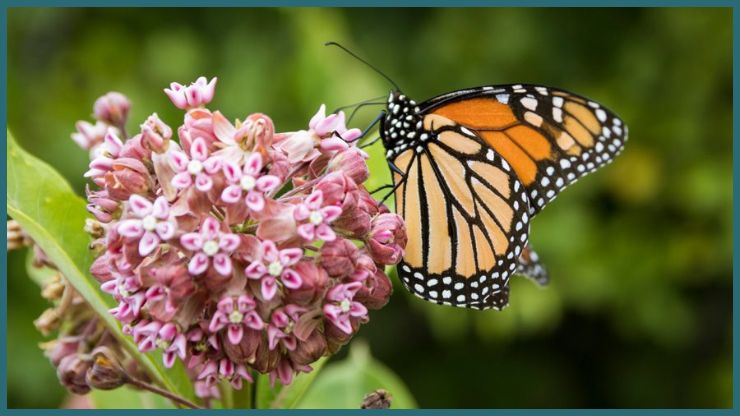
Milkweed is a vital plant for both monarch butterflies and other pollinators. Monarchs lay their eggs exclusively on milkweed, making it an essential host plant for their caterpillars. Additionally, milkweed’s nectar-rich flowers attract various pollinators, including bees and butterflies. As an added bonus, the fluffy seeds of milkweed are dispersed by the wind, providing nesting material for birds like goldfinches.
By planting milkweed in your garden, you not only support the struggling monarch butterfly population but also contribute to the overall health of the ecosystem. It’s a low-maintenance and drought-tolerant plant, making it a valuable addition to any wildlife-friendly garden.
Also, Read – Low-Light Houseplants
Native Grasses

Native grasses are an often overlooked but essential component of a thriving ecosystem. These grasses, adapted to your region, offer numerous benefits for your garden. They provide habitat and cover for ground-nesting birds like sparrows and quail, helping to support local wildlife populations. Native grasses also assist in preventing soil erosion and improving soil health, making them a sustainable choice for your garden.
They require minimal maintenance and are drought-resistant, making them an environmentally friendly and low-effort addition. By planting native grasses, you can create a more resilient and biodiverse landscape while contributing to the overall health of your local ecosystem.
Fruit Trees

Fruit trees are a fruitful addition to your garden in more ways than one. Beyond providing delicious harvests of apples, pears, cherries, and more, they attract birds and other wildlife. Birds like robins, orioles, and waxwings are drawn to the sweet and juicy fruit, making fruit trees an enticing feeding spot. Additionally, the blossoms of fruit trees provide nectar for pollinators, supporting the production of fruit and the broader ecosystem.
These trees offer aesthetic beauty, shade, and a steady source of sustenance for both you and local wildlife. By planting fruit trees, you can create a thriving garden that fosters biodiversity while yielding bountiful crops.
Trumpet Vine
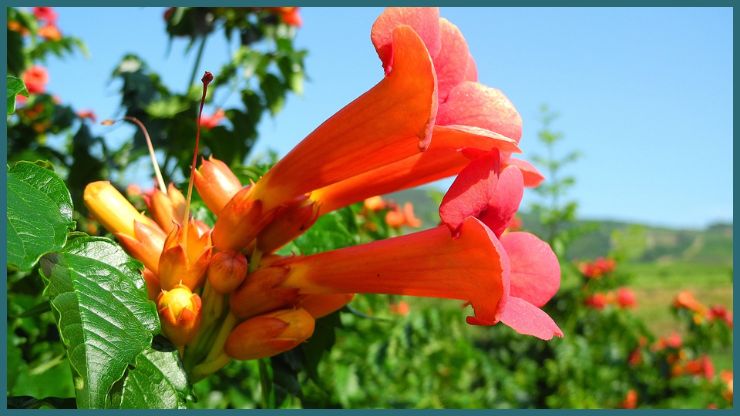
Trumpet vines, also known as Campsis radicans, are a favorite among gardeners for their stunning, trumpet-shaped flowers and their ability to attract hummingbirds. These vigorous, fast-growing vines produce vibrant, tubular blossoms in shades of red, orange, or yellow, which provide an abundant source of nectar for hummingbirds.
As these tiny, iridescent birds feed on the trumpet vine’s nectar, they also pollinate the flowers, benefiting the overall health of your garden. However, trumpet vines can be aggressive and may require proper pruning and support to prevent overgrowth. Planting them near trellises or arbors can provide a stunning vertical element in your garden while creating a hummingbird haven.
Wildflowers
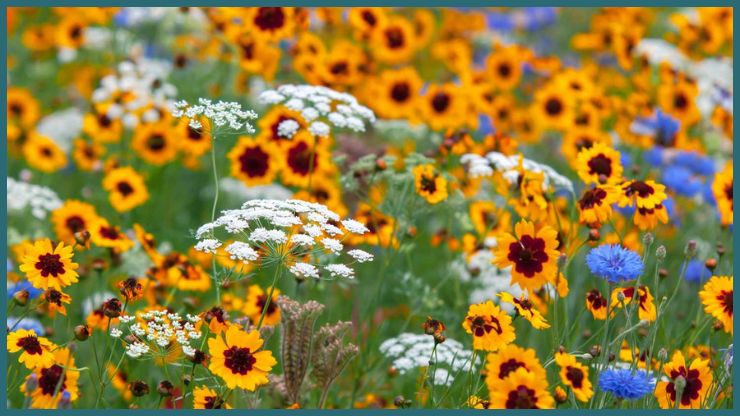
Wildflowers are a delightful addition to any garden, offering numerous benefits. They require minimal maintenance and are well-suited to local climates, making them a sustainable choice. Beyond their beauty, wildflowers attract pollinators like bees and butterflies, aiding in the reproduction of both the flowers and other plants in your garden.
They also provide essential food sources for insects, which, in turn, support birds and other wildlife. Wildflowers come in a variety of colors, shapes, and sizes, adding aesthetic diversity to your landscape. Whether in a dedicated wildflower meadow or interspersed among other plants, these blooms enrich your garden, increase biodiversity, and contribute to a thriving and balanced ecosystem.
Evergreens
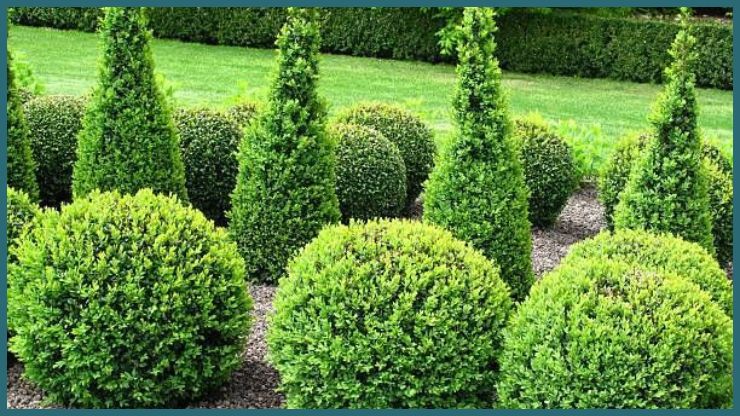
Evergreen trees and shrubs, like pines, spruces, and junipers, are garden mainstays that offer year-round beauty and multiple ecological benefits. These plants retain their foliage throughout the year, providing consistent cover and shelter for birds and other wildlife, especially during harsh winter months. The dense branches and needles of evergreens create a protective habitat for nesting birds.
Moreover, evergreens are excellent windbreaks and erosion controllers, contributing to soil conservation and a healthier garden environment. Their adaptability and low-maintenance nature make them a valuable and sustainable addition to your landscape, ensuring that your garden remains visually appealing and ecologically significant throughout all seasons.
Conclusion
In conclusion, a bird-friendly garden is not just a testament to your love for nature; it’s a vibrant, living testament to the harmony and balance that can exist between humans and the avian world.
By providing habitat, sustenance, and shelter to our feathered friends, you contribute to a healthier ecosystem and a more beautiful, enjoyable outdoor space.
Let your garden be a sanctuary for birds, a source of joy for yourself, and a small but meaningful step in conserving these remarkable creatures and the world they inhabit.
FAQs
Bird-friendly plants are plant species that provide food, shelter, and nesting opportunities for birds. These plants typically include native species, berry-bearing plants, nectar-producing flowers, and seed-bearing plants that attract various bird species.
Bird-friendly gardens benefit both local bird populations and the environment. They provide habitat and sustenance for birds, enhance biodiversity, and offer opportunities for bird-watching and education. Supporting local birds helps maintain ecological balance and conserves native species.
Native plants are species that naturally occur in a specific region. They are essential for bird-friendly gardens because they have evolved alongside local birds, providing the most suitable food sources and habitats. Planting natives helps support the entire ecosystem.

